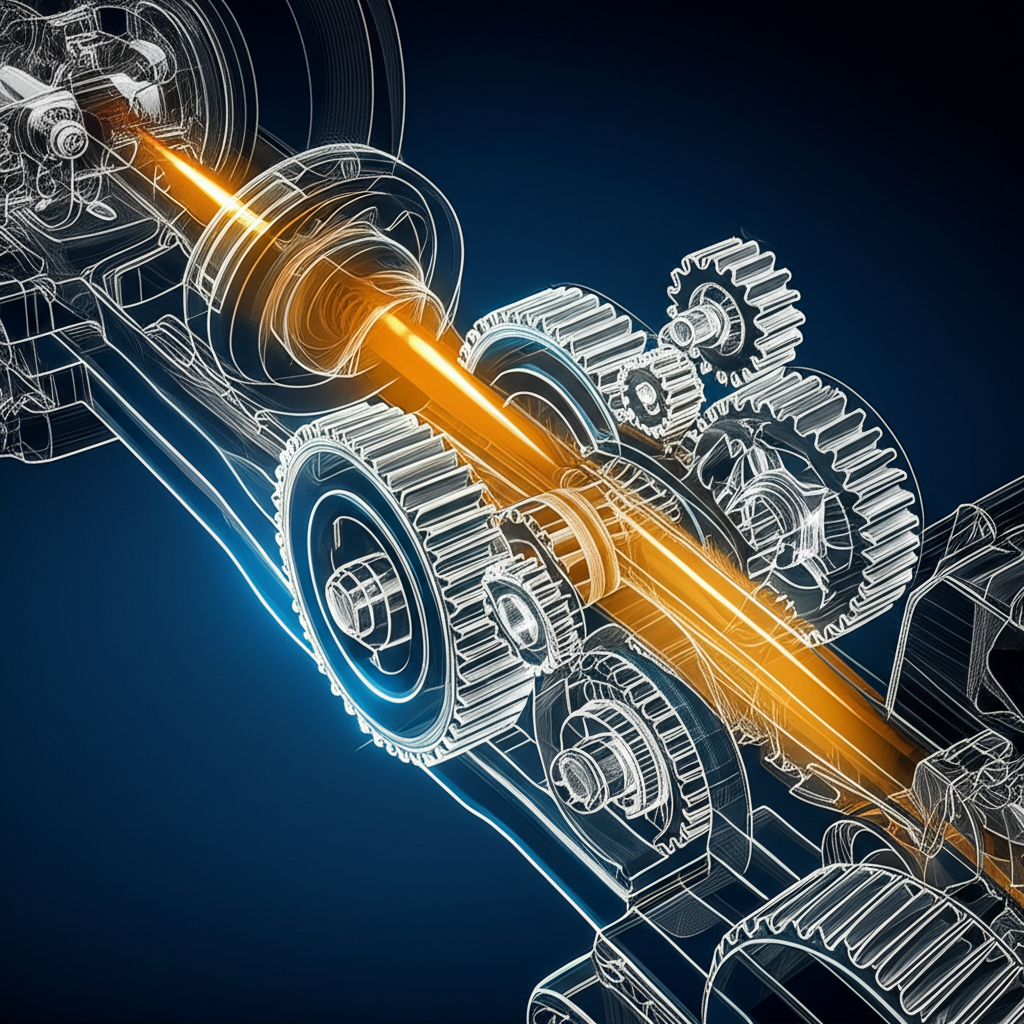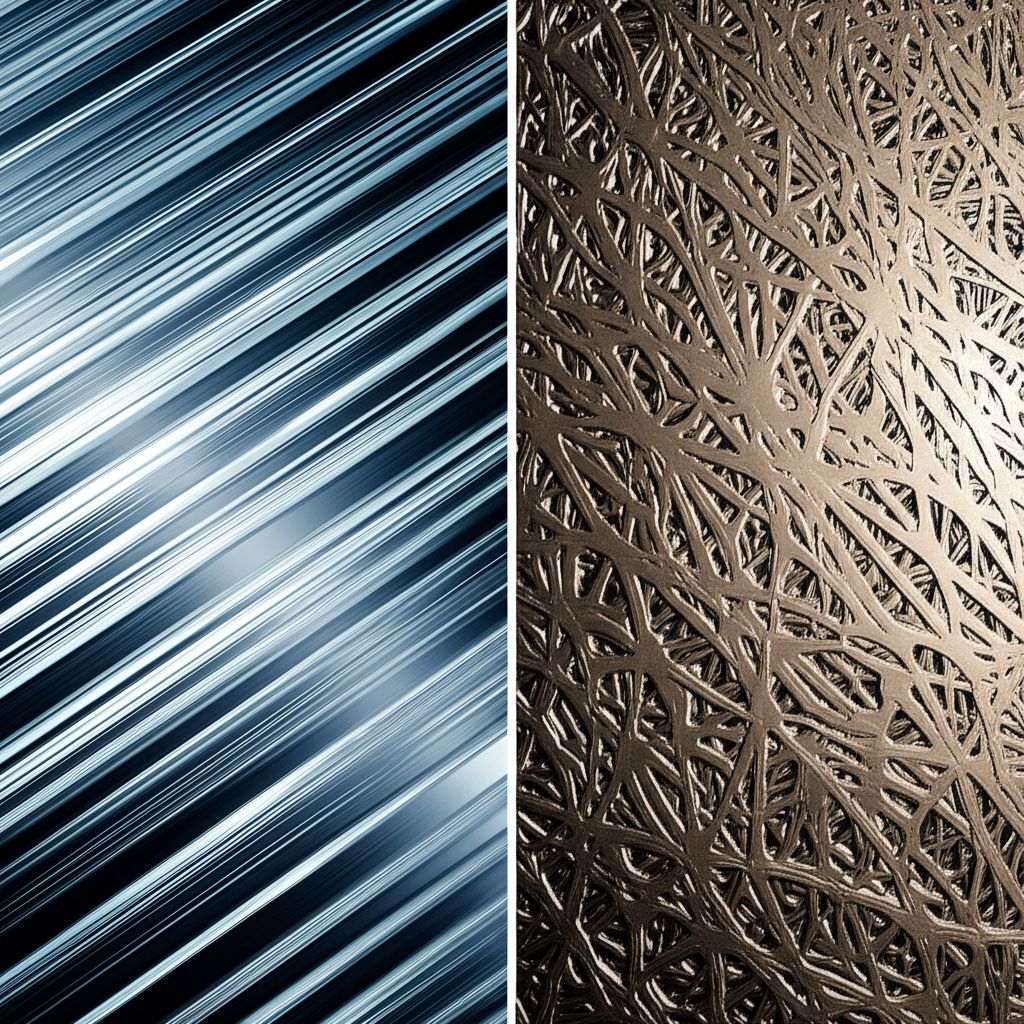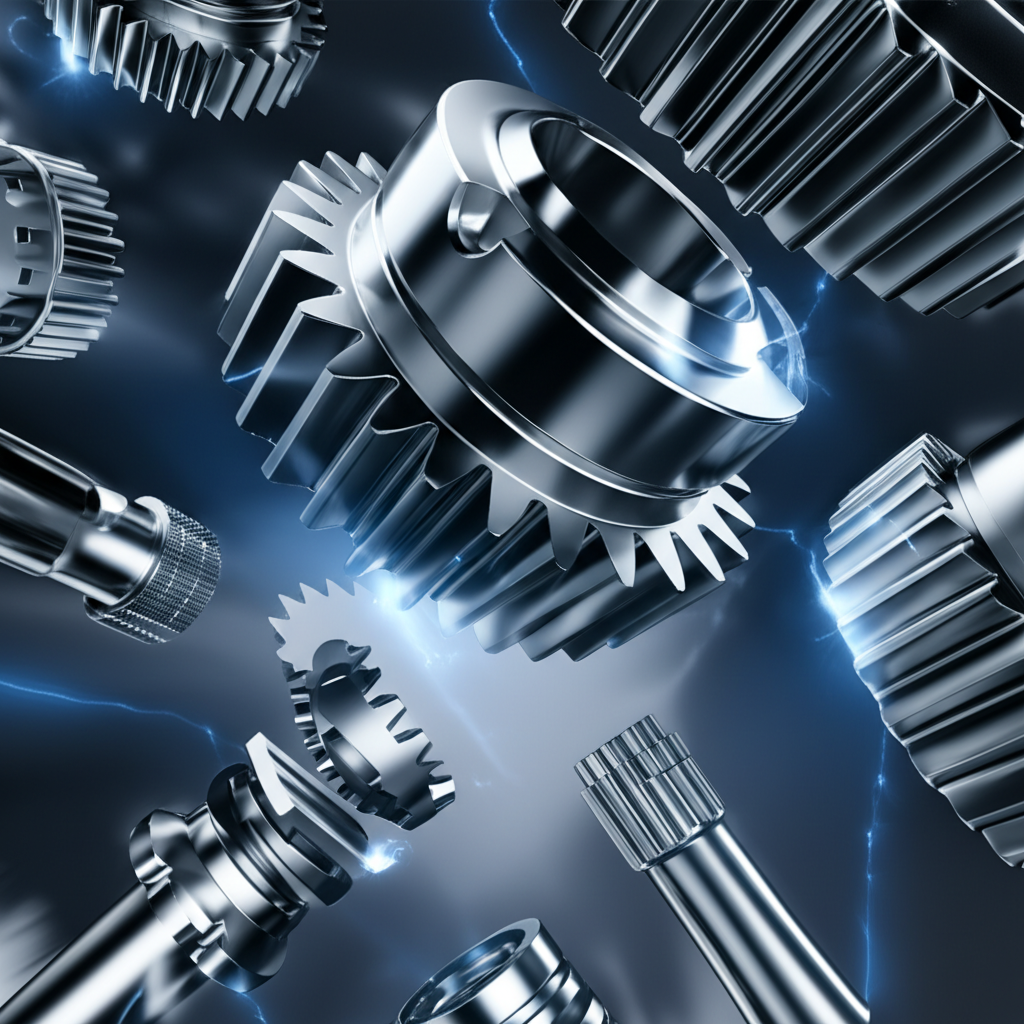Forged Drivetrain Components for Heavy-Duty Reliability

TL;DR
Forged drivetrain components are the non-negotiable standard for heavy-duty vehicles due to their exceptional strength and durability. Critical parts like gears, shafts, and connecting rods are manufactured using high-pressure forging to create a dense, aligned grain structure. This process ensures maximum reliability and resistance to the immense stress, shock, and torque experienced in demanding commercial, industrial, and off-highway applications.
The Critical Role of Forged Components in Heavy-Duty Drivetrains
Heavy-duty vehicles, from Class 8 trucks to construction and agricultural machinery, operate under relentless conditions. Their drivetrains must transmit enormous levels of torque and withstand constant vibration, heavy loads, and sudden impacts. In this environment, component failure is not just an inconvenience; it can be a catastrophic event leading to costly downtime and significant safety risks. This is why the manufacturing process behind each component is of paramount importance, and forging stands out as the superior method for creating parts that can endure such extremes.
Forging is a manufacturing process that involves shaping metal using localized compressive forces. Unlike casting, where molten metal is poured into a mold, forging mechanically works the material, typically at elevated temperatures. This intense pressure refines the metal's internal grain structure, aligning it to the shape of the component. The result is a part with significantly enhanced density, free from the internal voids or porosity that can plague cast parts. This continuous, refined grain flow is the source of the exceptional strength and fatigue resistance that defines forged components.
The metallurgical advantages of forging directly translate to real-world performance. Forged parts possess superior tensile strength, meaning they can withstand greater pulling forces before deforming or breaking. They also exhibit higher ductility and impact strength, allowing them to absorb shock and resist cracking under sudden loads. As suppliers like Edgerton Forge note, their components are specifically made to handle the intense shock and stress inherent to heavy trucks and off-highway equipment. This inherent toughness ensures long-term reliability and a longer service life, which are critical for fleet operators and industrial users.
Key Forged Drivetrain Components and Their Functions
A heavy-duty drivetrain is a complex system of interlocking parts, many of which are forged to ensure they can perform their specific, high-stress functions without failure. Understanding these key components reveals why the forging process is so critical at each stage of power transmission.
Transmission & Differential Gears
Gears are the heart of any drivetrain, responsible for multiplying torque and transferring power from the engine to the wheels. The teeth on these gears are subjected to immense shearing forces. Forging ensures that the grain structure flows along the contour of each gear tooth, dramatically increasing its strength and resistance to breaking under load. Industry leaders such as Cummins specialize in precision-forged gears for Class 5 through Class 8 commercial vehicles, highlighting the importance of this process for reliability. Similarly, manufacturers like Aichi Forge produce high-strength ring gears essential for heavy-duty applications.
Axle, Transmission, and Drive Shafts
Shafts are responsible for transmitting torque over distances, from the transmission to the axles and ultimately to the wheels. These components must resist immense torsional (twisting) forces. A forged shaft possesses a uniform grain structure that provides the necessary torsional strength to prevent it from twisting or fracturing, even under the sudden torque of a fully loaded truck accelerating. Companies like Edgerton Forge focus on producing forged axle, transmission, and drive shafts designed for maximum durability in trucks and other heavy machinery.
Connecting Rods and Crankshafts
While often considered engine components, connecting rods and crankshafts are integral to the powertrain that generates the forces the drivetrain must handle. The connecting rod endures incredible tensile and compressive forces with every engine revolution. A forged connecting rod is essential for preventing failure under these repeated stress cycles. The crankshaft, which converts the linear motion of the pistons into rotational motion, relies on the strength and fatigue resistance of forging to ensure a long and reliable service life.
Forging vs. Casting: A Performance and Reliability Comparison
For engineers and procurement specialists, choosing between forged and cast components is a critical decision. While casting can be suitable for less-stressed parts or complex shapes, forging is unequivocally superior for critical, load-bearing drivetrain applications in heavy-duty vehicles. The fundamental differences in the manufacturing processes lead to significant disparities in mechanical properties and real-world reliability.
The primary advantage of forging lies in its ability to refine the metal's microstructure. Casting involves pouring liquid metal into a mold, which can result in a random grain orientation and potential for hidden defects like porosity or voids. These inconsistencies can become stress points, leading to premature failure. Forging, by contrast, physically forces the grains to align with the component's shape, creating a dense, uniform, and powerful internal structure.
| Characteristic | Forged Components | Cast Components |
|---|---|---|
| Grain Structure | Aligned, continuous, and refined grain flow. | Random, non-directional, and potentially coarse grain. |
| Strength (Tensile & Fatigue) | Significantly higher due to work hardening and grain alignment. | Lower and less predictable. |
| Durability & Impact Resistance | Superior; less prone to cracking or shattering under shock loads. | More brittle and susceptible to fracture from impact. |
| Internal Integrity | Dense and free of porosity or voids. | Can contain hidden porosity, shrinkage, or cavities. |
In practice, these differences are profound. A forged gear can handle higher torque and more cycles before fatiguing, while a forged axle shaft can absorb greater shock without failing. This enhanced reliability is why premier suppliers like Sypris Solutions, Inc. focus on providing forged, machined, and heat-treated components to major truck manufacturers. For heavy-duty applications where safety and uptime are paramount, the structural integrity of forged parts makes them the clear engineering choice.

Material Selection and Innovation in Drivetrain Forging
The performance of a forged component depends not only on the process but also on the material used. The selection of the right metal alloy is crucial for meeting the specific demands of a drivetrain part, whether it requires extreme hardness, wear resistance, or a balance of strength and weight. The heavy-duty vehicle industry primarily relies on specialized steel alloys designed for high-stress environments.
The most common materials are carbon and alloy steels. Carbon steels provide excellent base strength and are cost-effective. For more demanding applications, alloy steels are used. These steels contain additional elements like chromium, molybdenum, nickel, and manganese, which enhance properties like hardness, toughness, and resistance to heat and corrosion. Manufacturers often use specific grades, such as the carbon, alloy, and micro-alloy steels mentioned by Aichi Forge, to tailor components for specific performance targets.
Innovation in the forging industry continues to advance. One key trend is "near-net-shape" forging, a process that produces components very close to their final dimensions. This technique, utilized by suppliers like Maclean-Fogg for their cold-formed parts, minimizes the need for extensive secondary machining, which reduces material waste, lowers production time, and can decrease overall cost. For companies seeking a partner for these advanced processes, suppliers specializing in custom automotive solutions are essential. For example, Shaoyi Metal Technology offers IATF16949 certified hot forging services for the automotive industry, handling everything from prototyping to mass production with in-house die manufacturing.

The Foundation of Heavy-Duty Performance
In the world of heavy-duty vehicles, performance is built from the ground up on a foundation of reliability and strength. The decision to use forged drivetrain components is not a matter of preference but a fundamental engineering requirement. From gears and shafts to connecting rods, the forging process imparts a level of structural integrity that other manufacturing methods cannot match. The aligned grain structure and dense, non-porous nature of forged steel provide the necessary resilience to withstand the immense forces at play in commercial and industrial machinery.
Ultimately, investing in high-quality forged components is an investment in safety, durability, and operational efficiency. By ensuring that every critical part of the drivetrain can reliably handle extreme stress and shock, manufacturers and fleet operators can minimize the risk of catastrophic failures, reduce costly downtime, and extend the service life of their vehicles. Forging is, and will remain, the cornerstone of building drivetrains that are as tough as the jobs they are designed to do.
Frequently Asked Questions
1. What parts of an engine and drivetrain can be forged?
A wide array of high-stress components in an engine and drivetrain are forged to ensure reliability. This includes crankshafts, connecting rods, camshafts, rocker arms, and valves within the engine, as well as critical drivetrain parts like transmission gears, differential ring gears, axle shafts, drive shafts, and universal joint yokes.
2. What are forged components?
Forged components are mechanical parts produced by shaping metal using compressive forces, either through hammering or pressing. This process, often performed at high temperatures, refines the metal's internal grain structure, aligning it to the part's shape. This results in superior mechanical properties, including higher tensile strength and fatigue resistance compared to parts made by casting.
3. Are forged engine and drivetrain parts better?
Yes, for high-stress applications, forged parts are significantly better. The forging process creates a dense, uniform grain structure that eliminates internal defects and provides exceptional strength and durability. This makes forged components far more resistant to shock, impact, and the cyclical stresses common in heavy-duty engines and drivetrains, leading to greater reliability and a longer service life.
4. What are the common forging materials for automotive parts?
The most common materials are high-strength steels, including carbon steel for a balance of strength and cost, and various alloy steels. Alloy steels are enhanced with elements like chromium, molybdenum, and nickel to improve hardness, toughness, and resistance to wear and high temperatures. For applications where weight is a critical factor, forged aluminum alloys are also used.
 Small batches, high standards. Our rapid prototyping service makes validation faster and easier —
Small batches, high standards. Our rapid prototyping service makes validation faster and easier — 
